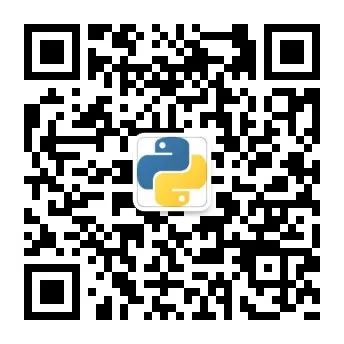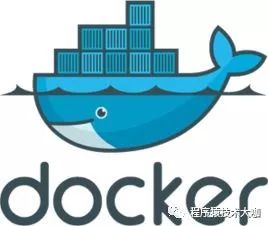I am new to sequential learning (& machine learning) & am trying to understand how to use conditional random fields to solve my problem.
I have a dataset which is a sequential log of when & where did an end user of my application worked. For example, the following dataset will only have values for User1
User Facility Weekday
User1 FacilityA Monday
User1 FacilityB Tuesday
User1 FacilityC Wednesday
... ... ...
I am trying to solve the following problem: Given a weekday and facility a user worked on, what facility & weekday will they work next?
To solve this problem, I started looking at Conditional Random Fields, but am having a tough time for any library to work with it..
I tried to work with the following libraries: 1. PyStruct (https://pystruct.github.io/) But this did not work for me due to this issue: Index out of bounds: Fitting SSVM using Pystruct
- CRFSuite (http://www.chokkan.org/software/crfsuite/) (This has dependency on libBFGS. When i install libbfgs it on my ubuntu box without any errors, running 'make install' for CRFSuite still fails and says that it is unable to recognize libBFGS)
So i turned to another library.. 3. CRF++ (https://taku910.github.io/crfpp/)
I was able to install CRF++ & also am able to run the examples given in their distro. But, I need some help understanding how can i modify the template file to fit my usecase...
Also, i was thinking my labels will be a concatenated string of facility+weekday from the above dataset.
I am new to sequence learning & currently trying hard to research on how to solve this problem...
Any advice will be extremely helpful as I seem to be a bit stuck here..
Thanks!



